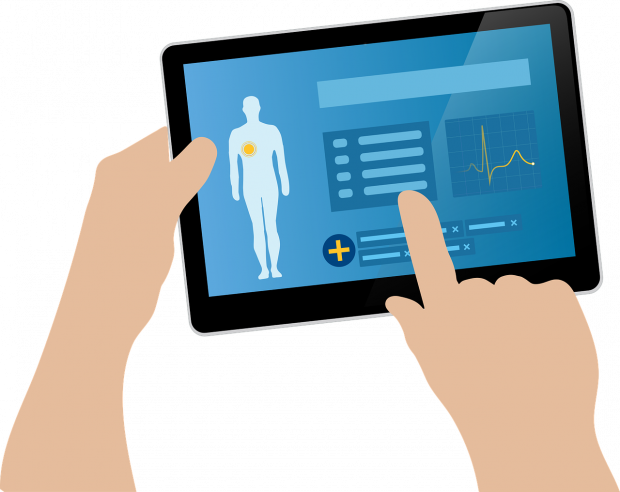
There has been quite a lot of talk recently about the wider government approach to using data effectively and safely. This work is underpinned by the National Data Strategy (NDS).
Public Health England (PHE) and the NHS need to use people’s personal information in order to provide effective NHS screening services. Data can give us information about:
- when people should be invited for NHS screening
- whether NHS screening is working as it should
- whether people are taking up the offer of NHS screening
- whether people get seen quickly enough
- whether a person’s needs are being met (for example if they need wheelchair access to a screening clinic, need an interpreter, or if they need information providing in an easy read format)
It's important the public have trust in the way NHS screening programmes use their data. Not only that, we need to be clear with people about how we use their data for the running of the NHS screening programmes. We have standard wording for this purpose.
But it's not enough to provide information. We need to be sure that it is clear, accessible and as good as it possibly can be.
Focus groups
In December 2020, we ran 2 focus groups about the suitability of our existing Information Governance (IG) wording.
During virtual sessions we gathered feedback from 2 diverse groups on the:
- explanatory paragraph* we use for screening leaflets and letters, which briefly explains how and why the NHS screening programmes use people’s personal information
- the longer PHE Screening page on GOV.UK, which gives people a much fuller explanation about the information we use and why, and their options
* Here's the explanatory paragraph we looked at:
The NHS Screening Programmes use your personally identifiable information to ensure you are invited for screening at the right time. Public Health England also uses your information to ensure you receive high quality care. Find out more about how your information is used and protected, and your options.
We also asked for the views of our focus groups more generally on issues relating to the use of their data.
And we asked about how people’s information preferences can be better utilised. For instance, if someone requests information in easy read format from their GP, whether this preference should be shared with other NHS services so that the screening programmes could also provide that person with easy read information by default.
It was a fascinating exercise and we certainly got a lot out of it. We made quite a few changes to both the shorter and longer passages and definitely achieved what we set out to.
Simpler and clearer
Overall, the existing wording evaluated well. People thought it was clear and easy enough to understand.
One participant told us:
You use simple sentences and it is not full of jargon. It’s helpful that you’ve written it in plain English.
Another said:
I thought it was really clear and well written.
Even though some participants thought it was quite long, generally people in both groups thought it was important information that people needed to have available to look at, should they wish.
Following feedback, we changed the short paragraph to add a couple of words to make it clear that people’s personal information comes from their NHS records. Previously, we said:
The NHS Screening Programmes use personal information about you to ensure you are invited for screening at the right time.
People told us they were unclear what we meant by 'personal information' and wanted this clarified. Personal information could mean lots of things.
Following this feedback, we changed the opening line to:
The NHS screening programmes use personal information from your NHS records to invite you for screening at the right time.
This is the version you'll soon see on all our public screening information.
Based on the focus group feedback about our more detailed online information, we made several important changes. We:
- created a new ‘at a glance’ section summarising the most important information at the top of the longer page, so people will see this first and easily skip to the section they want
- changed the wording from ‘personally identifiable information’ to ‘personal information’ throughout, as this is shorter and easier to understand
- made it clear at the top of the page that someone’s data would never be sold or used for marketing
- made the heading about research clearer by changing it to ‘Using your data for research and your options’
- made the link to further information on how to opt out of research a lot more obvious
- brought the ‘keeping information confidential’ section nearer the top to make it more prominent
You can see the newly updated version of Patient confidentiality in NHS population screening programmes.
One of the important messages we received more generally was that people wanted and expected their information preferences to be shared throughout the NHS. One member of the focus groups told us:
It is in your best interest [that screening programmes should know and use people’s information preferences].
Next steps
We have just started going through our online information and leaflets to update the summary paragraph and point people to further information if they want to look into it more.
As always, we'll continue to take on board feedback, comments and review our wording around people's personal information on a regular basis. We'll be sure to blog about any changes we make!
PHE Screening blog
The PHE Screening blog provides up to date news from all NHS screening programmes. You can register to receive updates direct to your inbox, so there’s no need to keep checking for new blogs. If you have any questions about this blog article, or about population screening in England, please contact the PHE screening helpdesk.